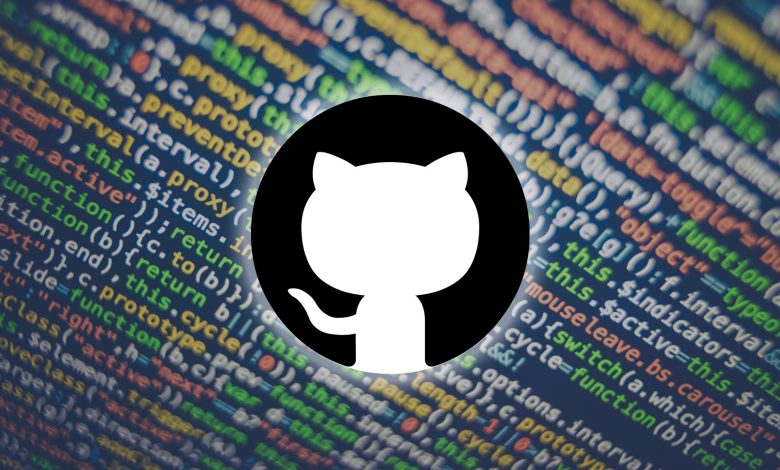Why Git and GitHub Are Must-Have Skills

In today’s software development world, version control and collaboration skills are essential. Git and GitHub have become industry standards for managing code, tracking changes, and working collaboratively with teams.
In this article, we’ll explore why every developer should learn Git and GitHub, how they work, and practical tips for mastering them.
1. Understanding Git
- What is Git?
- Git is a distributed version control system that tracks changes in your code over time. It allows developers to revert to previous versions, collaborate efficiently, and manage multiple versions of a project.
- Clone & Pull: Copying or updating code from remote repos
- Merge: Integrating changes from different branches
- Branch: A separate line of development
- Commit: A snapshot of changes
- Repository (Repo): A storage space for your project
Why Git Matters:
- Enables collaboration without conflicts
- Prevents data loss
- Tracks code history
2. What is GitHub?
- Overview: GitHub is a cloud-based platform built around Git for hosting repositories.
Features:
- Portfolio showcase for developers
- CI/CD integration
- Project management boards
- Collaboration tools (pull requests, issues, code reviews)
Why GitHub Matters:
- Simplifies team collaboration
- Provides visibility for recruiters and employers
- Encourages contribution to open-source projects
3. Key Benefits of Learning Git and GitHub
3.1 Collaboration
- Multiple developers can work on the same project simultaneously.
- Git manages conflicts and merges changes seamlessly.
3.2 Version Control
- Track every change in your codebase.
- Revert to previous states when bugs or errors occur.
3.3 Portfolio and Visibility
- GitHub serves as a public portfolio to showcase your skills.
- Employers often evaluate GitHub profiles during hiring.
3.4 Open Source Contribution
- Participate in open-source projects to gain experience.
- Build credibility in the developer community.
4. Essential Git and GitHub Commands
Git Commands:
GitHub Features:
- Pull Requests: Propose changes for review
- Issues: Track bugs, tasks, and enhancements
- Actions: Automate workflows (CI/CD)
- Pages: Host websites or portfolios
5. Best Practices for Git and GitHub
- Commit Often: Small, frequent commits are easier to manage.
- Write Clear Commit Messages: Describe changes precisely.
- Use Branching Strategically: Separate features, fixes, and experiments.
- Review Pull Requests Carefully: Ensure code quality and collaboration.
- Keep Repositories Organized: Use folders, README, and documentation.
6. Learning Resources
- Official Git Documentation: git-scm.com
- GitHub Learning Lab: Interactive tutorials
- freeCodeCamp Git & GitHub Tutorials
- YouTube Channels: Traversy Media, The Net Ninja
7. Career Impact
- Proficiency in Git and GitHub is expected for almost all software developer roles.
- Improves collaboration, code quality, and project management.
- Makes developers more competitive in job markets and for remote work opportunities.
Conclusion
Git and GitHub are more than just tools—they are essential skills for modern developers. Mastering them allows you to collaborate effectively, manage code efficiently, contribute to open-source, and showcase your work professionally.
Whether you’re starting as a beginner or advancing to senior roles, Git and GitHub proficiency is a cornerstone of your development career.

